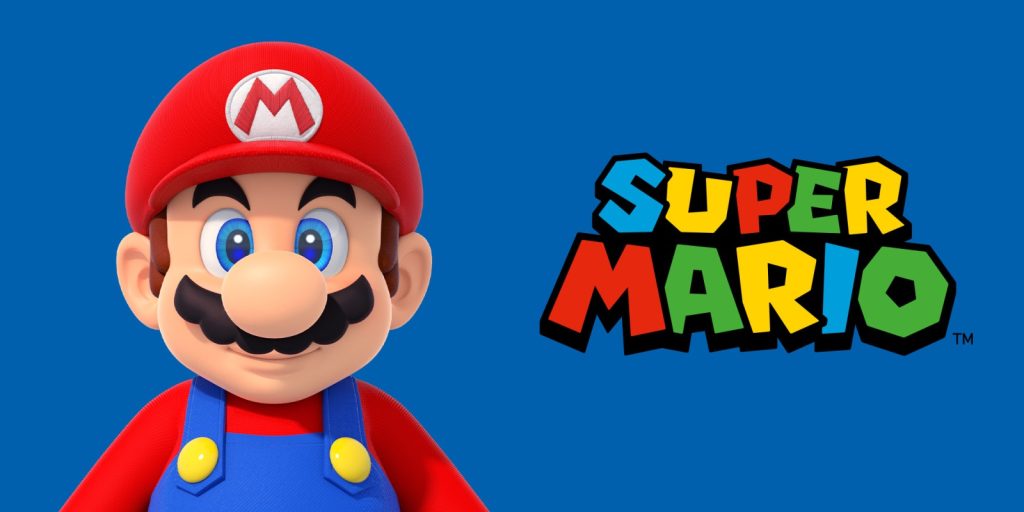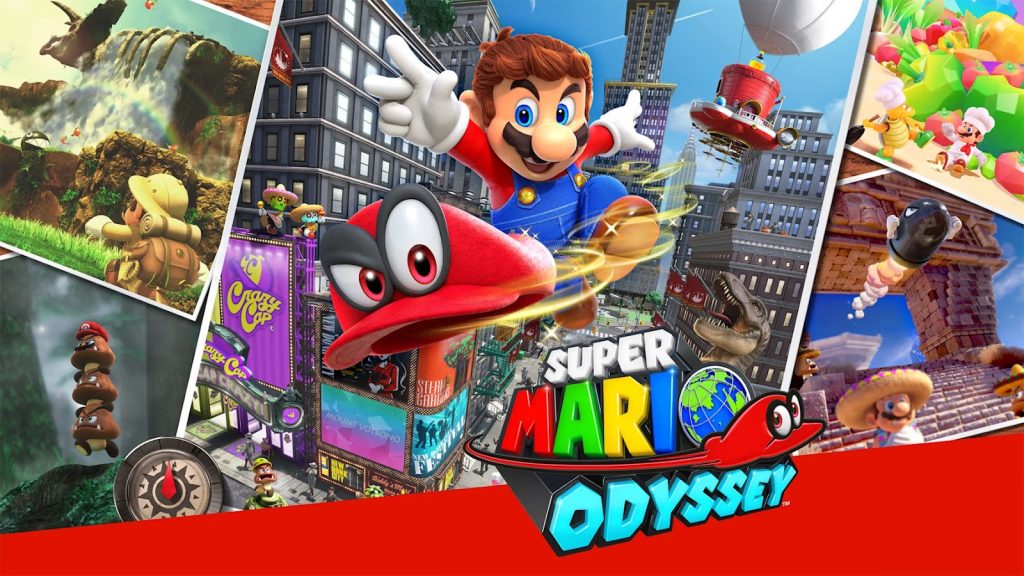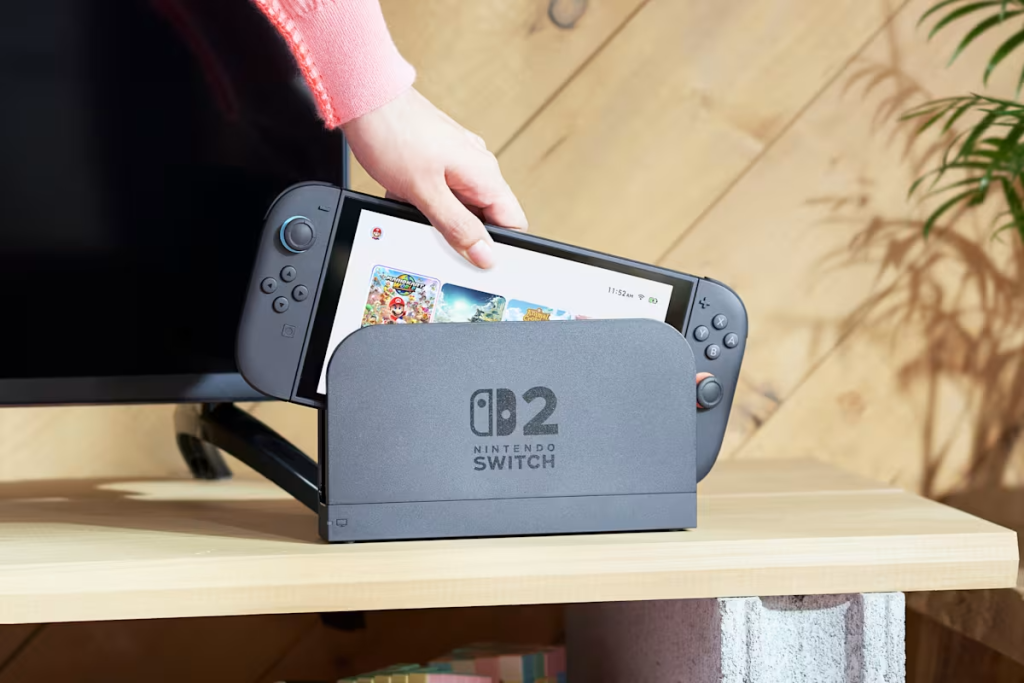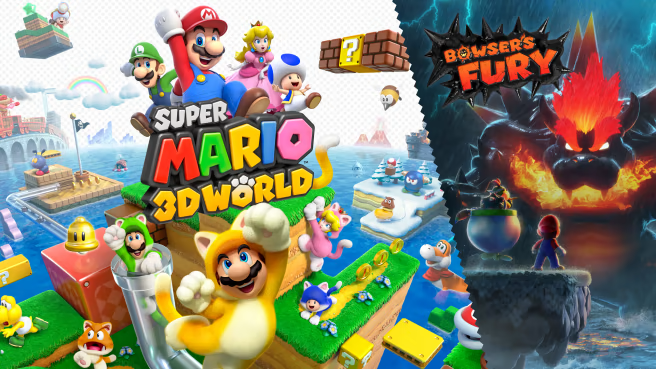Nintendo Switch 2 brings most of Mario’s 3D catalog through backward compatibility, though with one notable absence: Super Mario Galaxy 2. With the franchise’s 40th anniversary and rumors of a new title for 2025, it’s the perfect time to examine how these experiences evolved and what we can expect from the upgraded hardware.
Technical and Gameplay Evolution

Super Mario 64 (1996): 3D Foundations
Set the genre’s foundation with Princess Peach’s castle as a central hub and a painting-based navigation system that remains a reference point today. The Switch Online version preserves the original experience, though it shows evident limitations in camera control and movement responsiveness that feel awkward for modern players.
Super Mario Sunshine (2002): Hydraulic Mechanics Experimentation
Introduced the FLUDD water pack as a core element, adding hovering and cleaning movements that transformed traditional gameplay. Isle Delfino’s thematic coherence stands out, though certain FLUDD-less segments reveal considerable difficulty spikes. The controls, especially camera handling, show their age and create frustration. Included in Super Mario 3D All-Stars.
Super Mario Galaxy (2007): Gravitational Mechanics Innovation
Implemented a revolutionary gravity system that transformed the concept of walking on spherical planets and creating unique three-dimensional puzzles. The orchestral music production and visual presentation set new standards. Galaxy strikes a solid balance between exploration and guided linearity. Available in 3D All-Stars.
Notable absence: Galaxy 2 (2010) never received a modern port, despite including technical improvements and additional content over the original.
Switch Generation: Between Linear and Open

Super Mario 3D World + Bowser’s Fury: Contrasting Approaches
3D World delivers a linear experience optimized for cooperative multiplayer up to four players, with levels designed to facilitate group play. Fixed camera angles and clear objectives prioritize accessibility over free exploration.
Bowser’s Fury presents a continuous open-world concept without loading screens, where Bowser appears dynamically as a disruptive element. However, its limited duration (approximately 2-3 hours to complete) makes it feel more like a technical demonstration than a complete experience.
Super Mario Odyssey (2017): Modern Sandbox Exploration
Reintroduced open-world exploration through Cappy’s “capture” mechanic, enabling control of environmental enemies and objects. The kingdoms provide considerable movement freedom and multiple optional objectives (moons) that encourage non-linear exploration.
The experience excels through its scenario variety and seamless integration of capture mechanics into platforming puzzles and challenges.
Nintendo Switch 2 Prospects

Industry rumors point to a new Mario 3D as a launch or near-launch title for Switch 2, possibly announced during the 40th anniversary in September 2025.
Expected technical specifications:
- Native 1440p resolution with DLSS 3.1 upscaling
- 120 FPS in specific modes
- Interconnected open worlds without loading screens
- Dynamic environmental mechanics (weather, terrain transformation)
- Online cooperative multiplayer for up to 4 players
Switch 2’s hardware would enable more complex physics systems and advanced visual effects, possibly inspired by the transformation mechanics introduced in Super Mario Bros. Wonder.
Conclusion
Mario’s 3D library on Switch 2 spans a complete journey through the genre’s evolution, from the foundations established in Mario 64 to Odyssey’s modern exploration. Galaxy 2’s notable absence represents the only significant gap in this retrospective.
With Switch 2’s upgraded hardware and the 40th anniversary as context, the next Mario 3D has the potential to synthesize the series’ best mechanics: Odyssey’s free exploration, Galaxy’s technical innovation, and Bowser’s Fury’s open-world experiments, all supported by the technical foundation necessary for an ambitious implementation.
